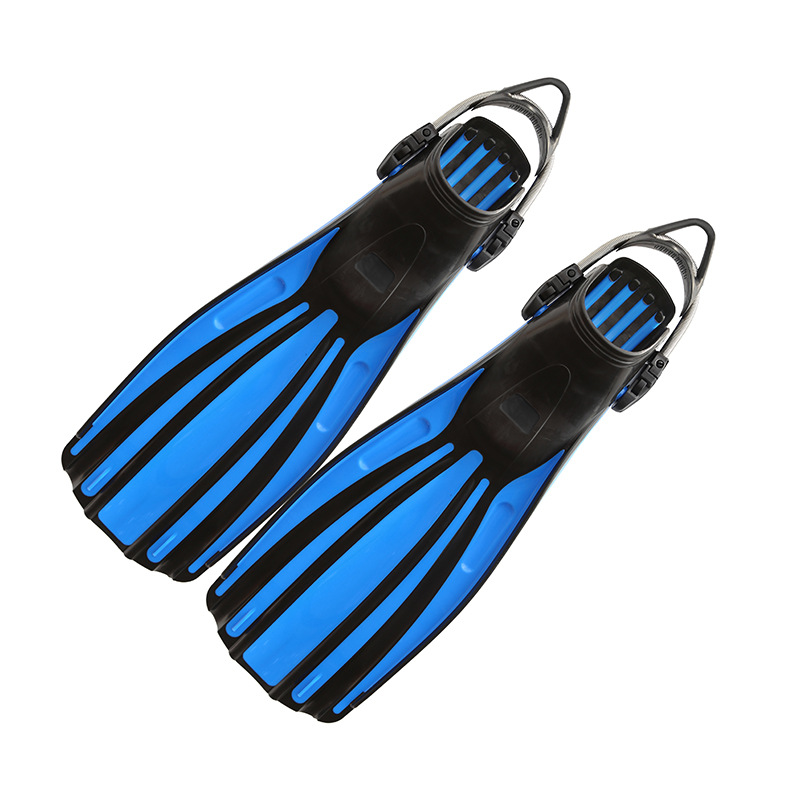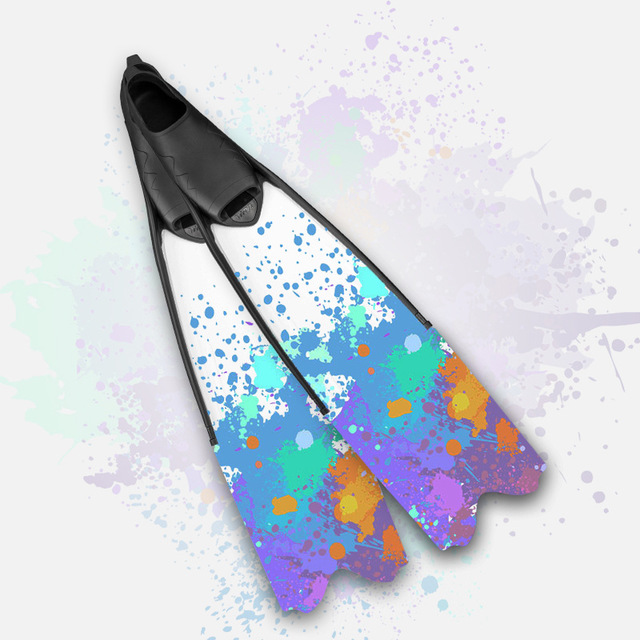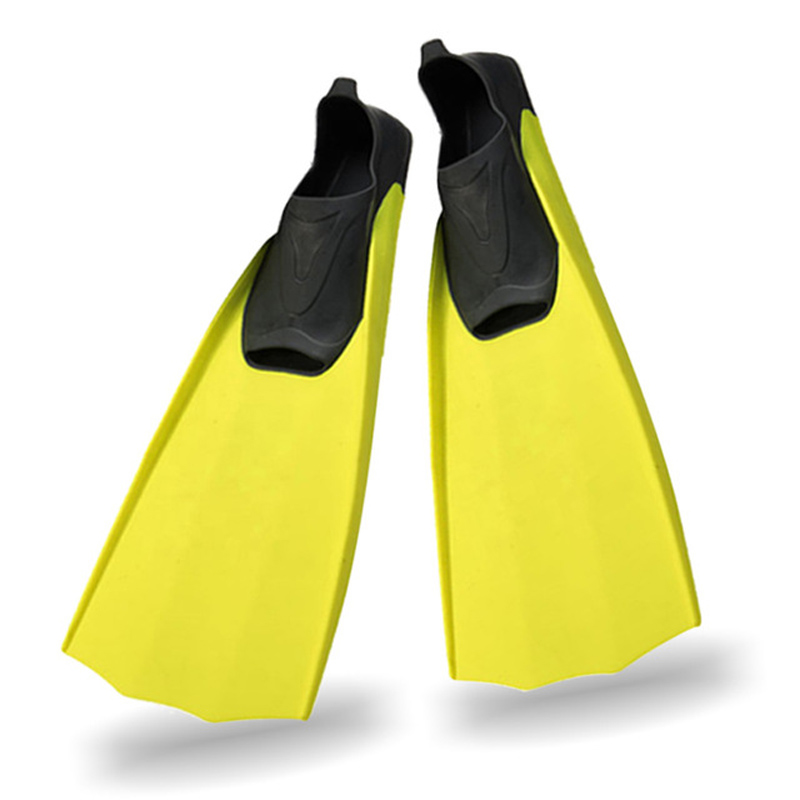How to choose diving fins?2020-05-10
The fins provide powerful forward power for swimming and diving. The wide area of the fins can provide powerful power without having to move your hands to generate power, so that your hands can be freed for other tasks.
There are roughly two types of fins, one is the "foot-style fins" that are directly worn on the feet, and the other is the "adjustable fins" where you must wear overshoes first and then wear the fins. The set-foot fins come in various sizes. When they are used, they wear the entire foot on the foot like ordinary shoes. They are usually used with specific socks and are based on the principle of fitting the feet. The flip-type fins are lighter in use and suitable for use in boat diving environments, while the adjustable fins must be worn with a pair of overshoes before putting on the fins. In shore diving mode, it is usually necessary to walk a distance on the shore before entering the sea. It is also safer to walk on the shore wearing diving overshoes (you can also wear non-slip shoes for river running). Adjustable fins are equipped with adjustable elastic straps, which can adapt to the size of most feet, but should not be adjusted too tightly after entering the water, usually as long as it does not loosen due to swinging and kicking water, otherwise it will be very very It may be difficult to remove because it is too tight. Most of the newer adjustable fins now have a quick-release buckle design, and it is easy to take off the fins when the water is out.
Choose long fins for diving. The long fins have a strong driving force during the dive.
1. Scuba fins need to wear fins, heels can be adjusted with elastic straps, fins are short and heavy webs are wide, scuba does not need a fast speed in the sea, kicking webs is very slow;
2. The free diving speed is very fast, the fins with integrated foot cover are easier to transmit power, and the driving force when kicking the webbed is higher, allowing the free diver to complete each dive more efficiently.
3. Fins have different materials, designs and characteristics. The design of the fins includes: keel to increase the hardness and balance of the fins; drain holes to reduce the resistance to the fins to increase efficiency; and diversion grooves to allow the slippery fin to slide horizontally over the fins to increase speed. The choice of fins depends on your body type, physical strength and diving environment. It is important to be comfortable and suitable.
4. Adjustable fins can use the heel strap to adjust the elasticity, but you need to wear diving socks or diving boots so as not to hurt your feet during kicking. All-inclusive foot fins can be used to put Fin directly on the feet without the need to purchase additional diving boots. The advantage is that it is light and cheap. The disadvantage is: if it is shore diving, you need to walk barefoot to the water to wear Fin, it will be more painful.
5. The sole purpose of fins and related training is to help with swimming exercises and enjoy swimming. fins help improve swimming skills for freestyle, backstroke and butterfly strokes. As for breaststroke and butterfly strokes, the ideal training is to use fins to help learn wave movements. Many fins on the market are made of natural rubber, but some are made of high-density, heat-treated polyurethane, which is more durable.
6. There are two choices of fins, one is a short training fin, the fin length is 1-2 inches, and the other is a standard fin. The standard size fins are only suitable for butterfly swimming and learning wave swimming (frog, butterfly). Short fins are best suited for freestyle and backstroke strokes, because short fins allow the frequency of normal strokes. Of course, it can also be used for breaststroke and butterfly stroke, or when learning wave breaststroke.
- Company Info
- About Us
- Contact Us
- Wholesale
- News
- Customer Reviews
- User Center
- Forget Password
- My Orders
- Tracking Order
- My Account
- Register
- Payment & Shipping
- Customs & Taxes
- Shipping Methods
- Payment Methods
- How to place order?
- Company Policies
- Return Policy




